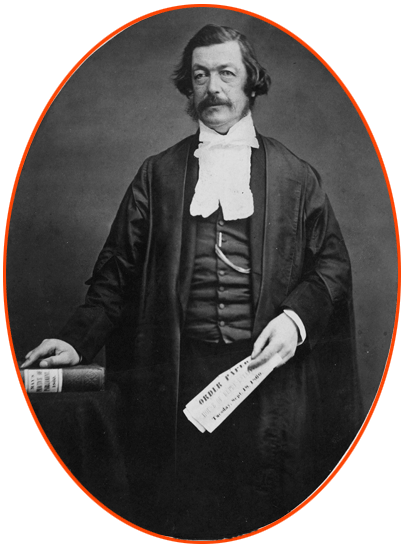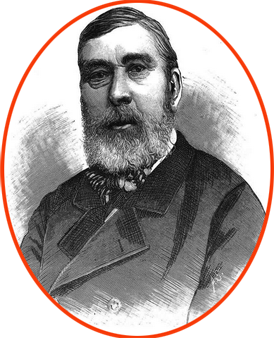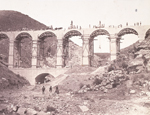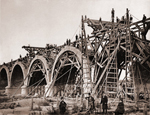
 Early Photography and Travel Guides
Early Photography and Travel Guides
The Welsh-born photographer Charles Clifford and the Frenchman Jean Laurent were the great chroniclers of Spain in the 19th century Their extraordinary photographs of the monuments, people, customs and construction projects of that time are now considered a national treasure.
Soon after meeting Clifford in the Alhambra of Granada, the Danish writer Hans Christian Andersen wrote: “On the orders of Her Majesty the Queen, the Patio de los Leones and the Sala de las Hermanas were being photographed by a famous English photographer... nobody was allowed to enter for fear of interrupting his work.”
Charles Clifford was extremely versatile - a mixture of artist, scientist and adventurer. He was an enthusiastic aeronaut in hot-air balloons as well as a gifted photographer who introduced to Spain the latest techniques from abroad.
These qualities, combined with a keen business sense, prompted him to embark on his most ambitious project. From 1850, having established a studio in Madrid where he was a successful portrait photographer (using the original copper-plated daguerreotypes), he spent many years travelling the length and breadth of the country taking photographs.
These were then put together in albums and entitled Journey to Valladolid (1858), Journey to Alicante, the Balearic Islands and Barcelona (1860), Journey to the Provinces of Toledo and Extremadura (1858), and Journey to Andalucla and Murcia (1862). These albums constitute one of the most important photographic records of that time. Such was Clifford’s success that Queen Victoria and other European Monarchs commissioned him to compile other comprehensive coverages of Spanish cities and monuments.
In 1858, Clifford’s career was greatly boosted when he was appointed Court Photographer to Queen Isabel II, an honour indeed for a foreigner. In Spain at that time, photography was still very much in its infancy and the Queen’s advisers recognised its potential to promote the image and importance of the monarchy to the widest possible public. Probably, Clifford’s most distinguished documentary work was his coverage of the Canal Isabel II, an epic depiction of an engineering project that involved hundreds of workers building the pipelines and aqueducts to supply water to Madrid.




When Clifford died in 1863, his wife Jane, for long a capable assistant, took over the flourishing business. Her photographic documentation of the treasures of the Royal Collection can be seen in the archives of the Royal Palace, Madrid.
In a short lifetime, Clifford’s energy and output were prodigious. Yet despite his fame, nothing is known of his early years, the exact date and place of his birth being apparently unrecorded. There are even conflicting versions of his career in Spain.
Some experts say that he was not Court Photographer to Isabel II, but was essentially a protégé of Queen Victoria, commissioned to work mainly in Spain. What is certain is that his work brilliantly complements the Spanish sketches, paintings and prints of David Wilkie, David Roberts and the Fords.
Most of Charles Clifford’s photographs can be found in the Biblioteca Nacional, Madrid.

